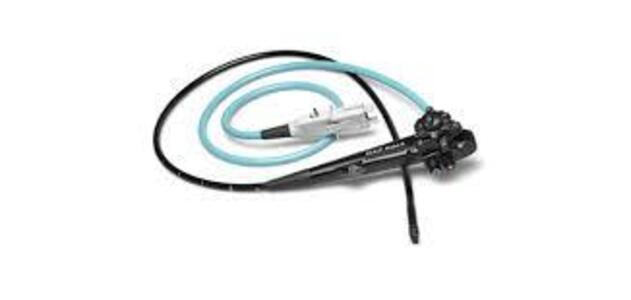Endoscopy Devices Market Faces Threats from Reimbursement Cuts and Global Supply Chain Instability

The endoscopy devices market is expanding steadily, but it is not without serious threats that could hinder its long-term growth. As demand for endoscopic procedures rises, the industry must confront a range of external pressures, from economic and regulatory shifts to operational and logistical risks.
One of the most pressing threats comes from fluctuating reimbursement policies across regions. Healthcare systems in the U.S., Europe, and other developed markets are undergoing budget restructuring and cost-containment efforts, which sometimes result in lower reimbursement for procedures involving advanced endoscopic tools. When reimbursement rates fall, hospitals and clinics may delay or reduce investments in upgrading equipment, impacting overall market momentum.
Global supply chain instability is another serious concern. The COVID-19 pandemic and subsequent geopolitical conflicts have disrupted manufacturing and distribution channels for key components used in endoscopy systems. Delays in obtaining parts like micro-optics, sensors, and specialized tubing can stall product delivery and inflate production costs. Many manufacturers have been forced to diversify their supplier base, but this often comes with quality and compliance risks.
Regulatory complexities also pose a significant threat to market expansion. Gaining clearance for new devices can be a time-consuming and costly process, particularly in multiple jurisdictions. Companies must comply with varied standards in the U.S. (FDA), Europe (CE mark under MDR), and Asia. For smaller or newer entrants, navigating these regulatory landscapes can delay time-to-market and strain resources.
Another underrecognized issue is the lack of device standardization. Hospitals often face interoperability challenges when integrating different systems—such as visualization platforms, endoscopes, and processors—from multiple manufacturers. This not only complicates training and maintenance but can also reduce efficiency and limit scalability across large healthcare networks.
Cybersecurity is emerging as a new threat area as well. With endoscopy devices increasingly connected to digital platforms for imaging storage, diagnostics, and even AI analysis, they become potential entry points for cyberattacks. The risk of data breaches or operational disruptions due to system vulnerabilities is forcing manufacturers to invest in advanced cybersecurity protocols, further increasing development costs.
In lower-income countries, affordability remains a key obstacle. Even as awareness and demand grow, many public hospitals in these regions lack the financial resources to invest in modern endoscopy systems. This creates a disparity in access to life-saving diagnostics and treatment, limiting overall market penetration.
Despite its potential, the endoscopy devices market must actively address these threats through strategic partnerships, supply chain resilience, and policy engagement. Proactive risk mitigation will be essential for maintaining momentum and ensuring sustainable global growth.



